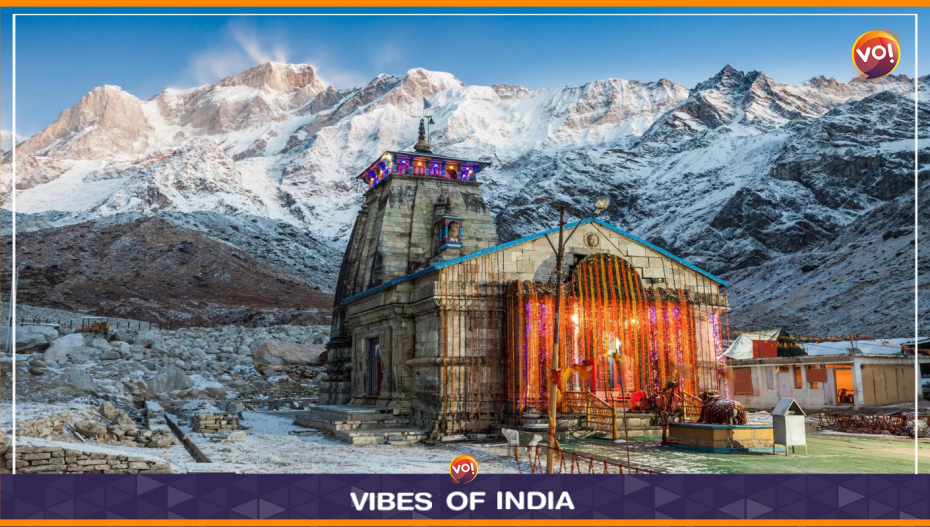The Badrinath-Kedarnath Temple Committee has rejected such charges, claiming a “misleading” campaign is being waged on social media. However, a top priest of the Kedarnath temple has claimed a multi-crore scam in the gold plating of the shrine’s inner walls.
Senior priest Santosh Trivedi claimed in a video that leaked online that the sanctum sanctorum of the temple had been covered with brass plates in the guise of gold plating and that this was a “Rs 125 crore scam.”
Trivedi, who is also the vice president of the Teerth Purohit Mahapanchayat (a group of pilgrimage priests), threatened to start an uprising if those responsible for the alleged swindle were not held accountable.
The Badrinath-Kedarnath Temple Committee (BKTC) referred to the social media effort as a “conspiracy” on Sunday, though.
According to BKTC Chairman Ajendra Ajay, it is the work of those who are dissatisfied with the record-breaking increase in the number of worshippers visiting the Kedarnath temple as a result of the better amenities built there under Prime Minister Narendra Modi’s leadership.
The campaign is a component of a nefarious political plot to damage Kedarnath Dham’s reputation. In a statement, Ajay said that the plan had been concocted by petty politicians who were jealous of the record increase in pilgrims travelling to Kedarnath in recent years.
Ajay claims that a donor from Maharashtra gold-plated the walls of the temple’s sanctum sanctorum with proper authorization from the BKTC and under the guidance of specialists from the Archaeological Survey of India.
The BKTC Act of 1939, he claimed, was what authorised the donor to carry out the task.
According to the BKTC chairman, the donor had copper plates made by his jewellers, which his own goldsmiths subsequently used to cover the walls of the temple’s sanctum sanctorum (Garbhgriha).
He asserted that the donor completed all of the work and that the BKTC had no direct involvement.
After the project was finished, the BKTC received formal bills and vouchers for copper and gold plates, which it then recorded in its stock book.
The inside of the temple walls were gold-plated by donations, and neither the donor nor any company presented any requirements to the BKTC in exchange for this. According to him, the donor did not request a certificate from the BKTC pursuant to section 80G of the Income Tax Act.
According to Ajay, the gold plating of the Badrinath temple was done in 2005 by the same donor.
According to the statement, the donor provided copper plates weighing 1,001.300 kg and gold plates weighing 23777.800 g valued at Rs 14.38 crore and Rs 29 lakh, respectively.
In response to the charges, some individuals on Twitter compared the purported swindle to the theft from the Gujarati temple of Somnath.
On June 15, “misleading information” that was circulating on social media was rejected by the BKTC chairman. It claimed that Rs. 1.15 billion had been spent on the walls of the Kedarnath temple being gold-plated.
Read Also: Surat Man Last To Embrace Fatherhood Through Surrogacy













